How Many Species of Bacteria Live in the Human Gut?
Our gut microbiome – the name given to the collection of bacteria living inside us – continues to attract attention, and the prevailing belief is that the gut is the epicentre of health, affecting everything from our immune response to our allergic reactions and rate of ageing.
Understanding the role of the microbiome in health and disease is not what this article is about (although if you wish to investigate that particular topic, check out this blog). What we wish to do is answer a rather simple, yet kind of confounding, question: how many species of gut bacteria reside in our gastrointestinal tract?
Armed with this knowledge, you will have a greater appreciation of the relevance of the microbial composition residing within you – bacteria that represents around 2% of your body weight. Let’s dive right in.
A Blueprint of the Human Gut
According to research scientists Justin and Erica Sonnenburg, authors of The Good Gut (2015), the average American adult harbours approximately 1,200 different species of bacteria in his or her gut, species that have evolved in symbiosis with their hosts over thousands of years.
Of course, the modern Western diet and lifestyle means the ‘average American’ is hardly an exemplar of good health, and in recent decades many formerly populous microbes have disappeared to undetectable levels.
Thus, the Sonnenburgs point out that ‘the average Amerindian living in the Amazonas of Venezuela has roughly 1,600 species, a full third more.’
Of course, this research is moving at an expeditious speed and at the time of writing, some new information has made the headlines.
First, in early February 2019, we learned that more than a hundred entirely new species of bacteria had been identified in the intestines of healthy people.
Scientists from the Wellcome Trust Sanger Institute, working in tandem with those from Australia’s Hudson Institute of Medical Research and the European Bioinformatics Institute, discovered and isolated the new bacterial species as a means of developing fresh ways of treating gut disorders.
The joint-effort was made after the team studied faecal samples collected from 20 people from Britain and Canada, and thereafter DNA-sequenced over 700 individual bacterial strains, of which 105 had never previously been isolated.
The study has, in fact, led to the creation of the most comprehensive public database of human health-associated intestinal bacteria.
Just a week after this study came to light, the European Molecular Biology Laboratory used computational methods to identify almost 2,000 uncultured species of bacteria living in the human gut.
And the study authors’ request that more data be gathered from under-represented populations in South America, Africa and Asia, suggests that many more are waiting to be discovered.
By favouring computational methods (metagenomics) EMBL researchers were cleverly able to reconstruct genomes of degrading or non-abundant gut bacteria without having to culture them in a lab.
Evidently, coming up with a road map of the human gut is no easy feat. If there are some 2,000 species detectable in American and European subjects, how many might there be among cultures who are typically cited as having greater diversity (i.e. the Hadza tribe)?
Or who specifically tailor their diet and lifestyle around fostering better gut health?
One thing’s for sure, we’ve come a long way in our understanding of the microbiome. In 1996, a chapter in the text Microbiology of the Gastrointestinal Tract, referenced ‘a complex ecosystem containing over 400 bacterial species’.
Would the author have been surprised to learn that in just over two decades, that figure would increase by 500%?
How Many Individual Microbes Live in the Gut?
Another question we often encounter is: how many micro-organisms live in the gut? If 2,000 individual species reside there, the actual figure must be eye-watering… right?
Absolutely. Read an article about gut health and you’ll hear the word ‘trillions’ tossed casually around. You might hear ‘tens of trillions’ or even ‘hundreds of trillions’.
The fact is, no-one knows exactly how many individual microbes live inside of us, and of course the number varies from person to person depending on a whole host of factors: age, diet, antibiotic use, fitness, smoking status, disease, vitamin D level etc.
Although it is often said that our bacterial cells outnumber our human cells by a ratio of 10:1 (putting the number at a cool 100 trillion), a 2016 review of four decades’ worth of research in this area found that the ratio is closer to 1.3:1.
In other words, the average reference adult man is home to around 39 trillion bacterial cells, as well as 30 trillion human cells. Or to put it another way, we are more microbe than human (that’s another nifty line you’ll read in gut health articles).
Of course, it’s not as simple as that either. British science journalist Ed Yong, author of weighty microbiome tome I Contain Multitudes (2016), explains that “recent estimates put the total number of human cells at anywhere between 15 trillion and 724 trillion, and the number of gut microbes at anywhere between 30 trillion and 400 trillion.”
In essence then, we are looking at anywhere between 1,200 and 2,000 individual species of gut bacteria; and anywhere between 30 and 400 trillion microbes. No wonder gut health is seen as fundamental to our overall wellbeing.
Conclusion
We are certain that this area of research will continue to confound, mystify and excite. As such, we will make an effort to update this article as more studies come to light.
At the very least, we hope this blog answers some of the most common questions on the topic, even if definitive answers are not yet in the realm of the known.
As for how you can influence the microbiome, you might consider a good-quality probiotic supplement. However, due to the numbers cited above, most off-the-shelf probiotics simply don’t cut it.
You cannot expect sweeping changes at gut level with a probiotic boasting just 20 or 50 billion beneficial bacteria: not when the gut is home to 30-400 trillion well-entrenched resident bacteria, bacteria that are famously territorial.
The best option at present is Progurt, a natural high-strength formulation containing one trillion probiotic bacteria per sachet. The strains in Progurt have been isolated from healthy humans, making them completely unique on the market and better able to replicate than bovine- or soil-based strains.
It is Progurt’s combination of strength and origin that make it the number one choice.
Water for Health Ltd began trading in 2007 with the goal of positively affecting the lives of many. We still retain that mission because we believe that proper hydration and nutrition can make a massive difference to people’s health and quality of life. Click here to find out more.





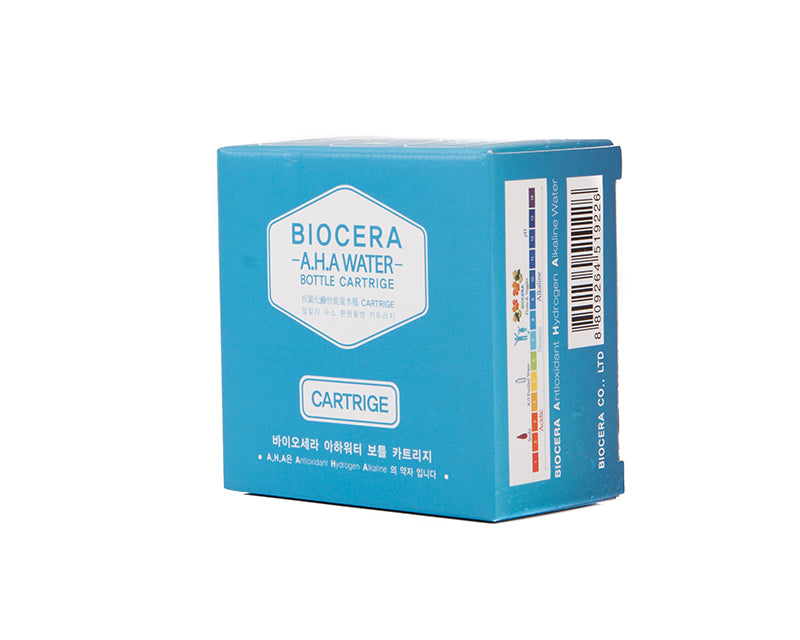


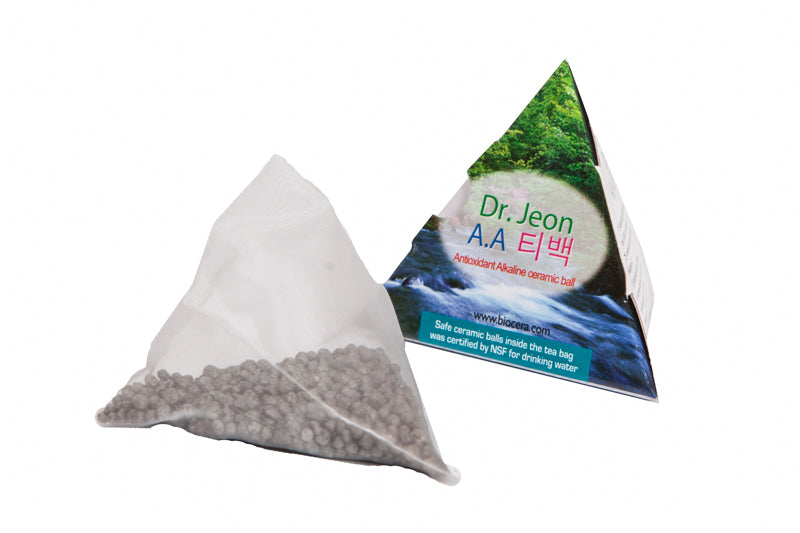



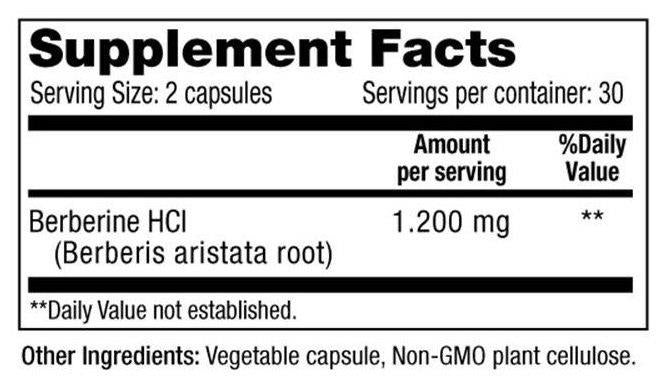

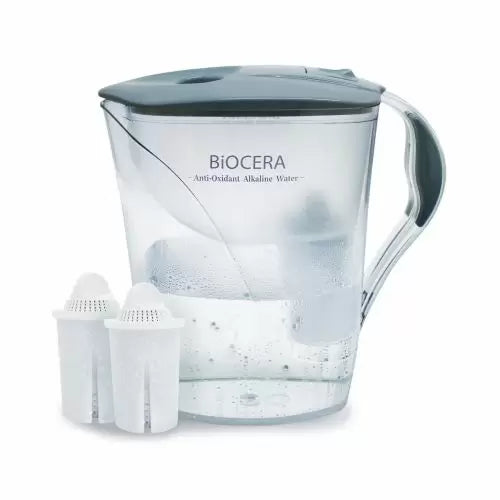


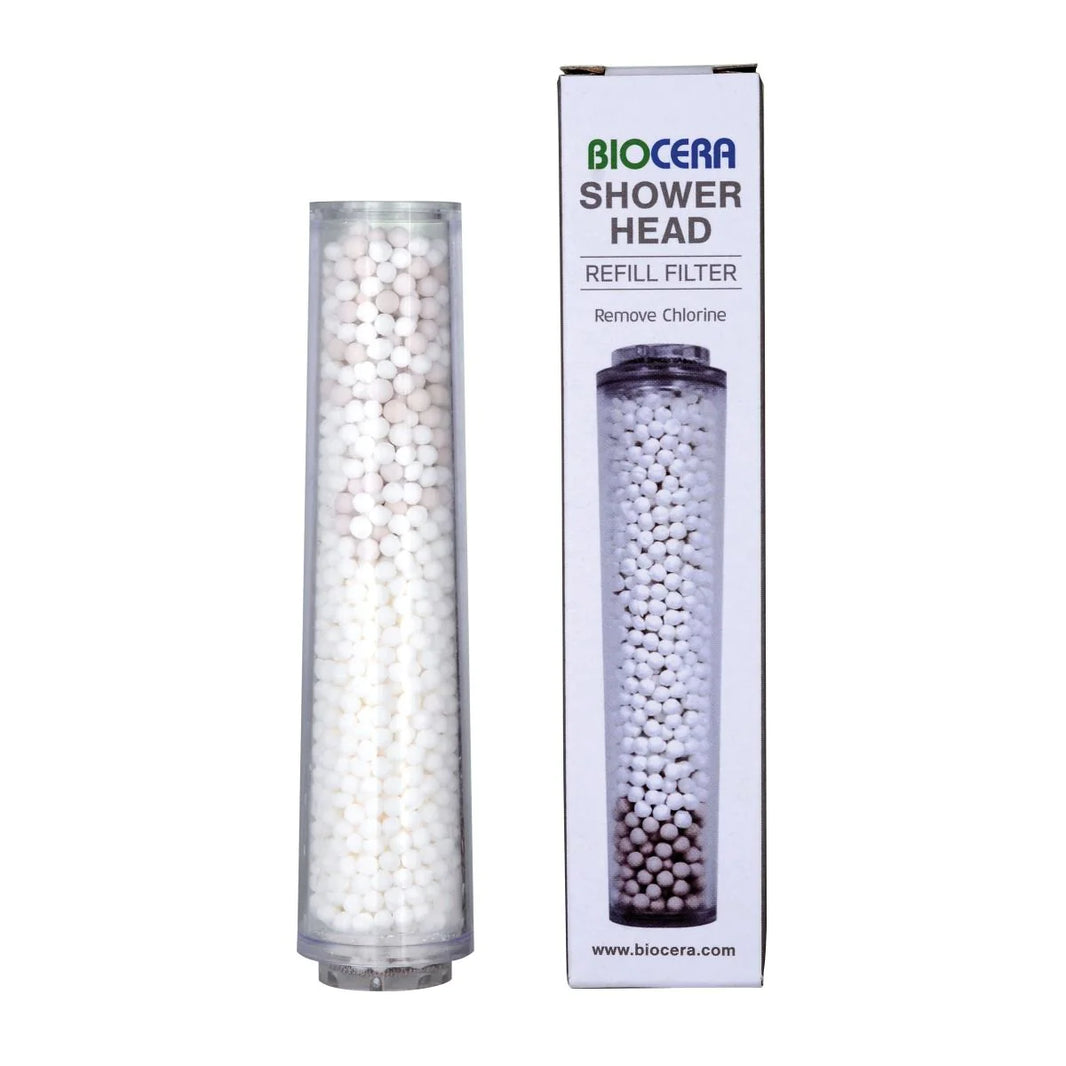









Leave a comment